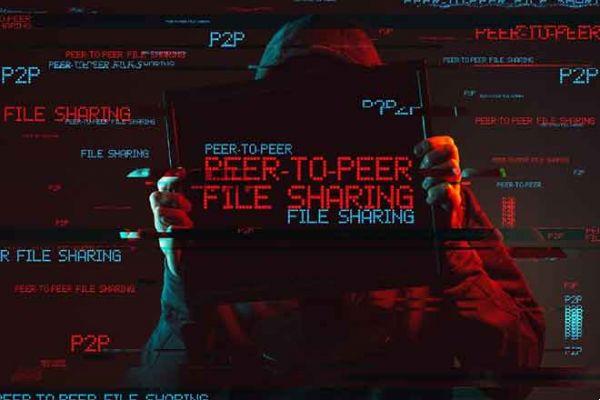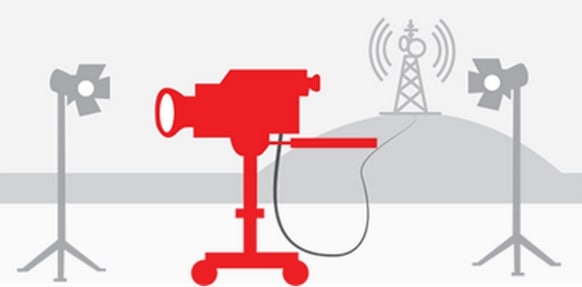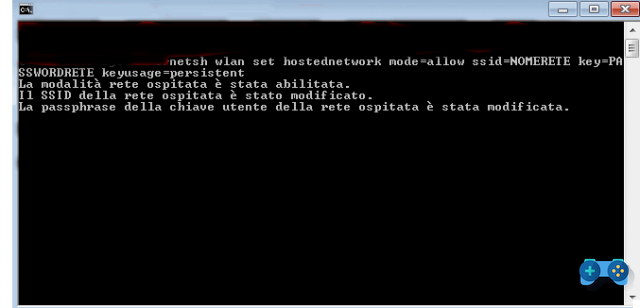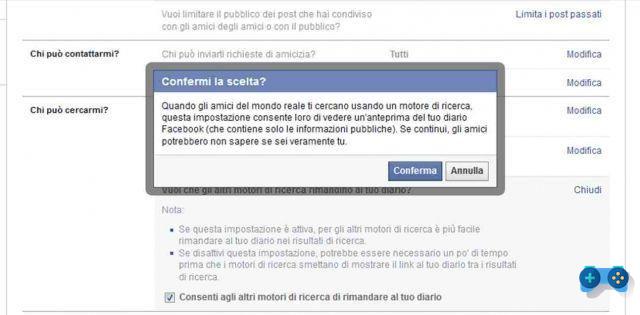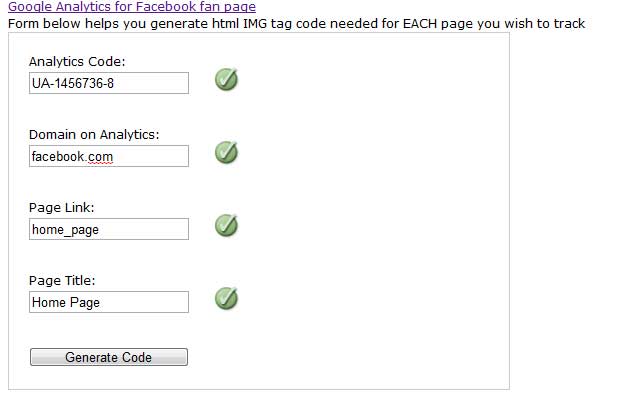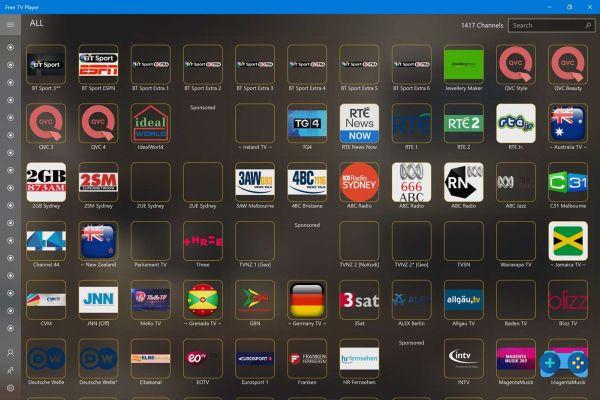Let's try to clarify and understand how to see who is connected to my WiFi network , how to block it and how to protect yourself from dangerous intruders.
There are programs to see if someone is connected to the wireless network, although the best way is to go and check the router interface. Let's see both solutions.
How to see who is connected to WiFi from the router
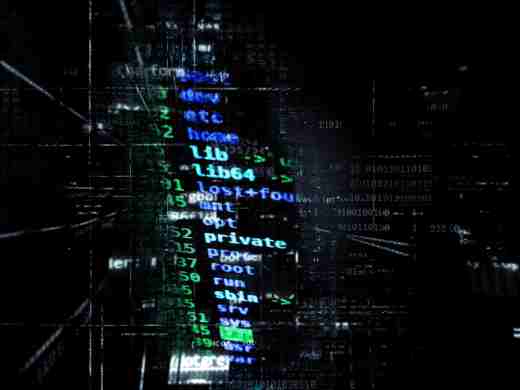
First of all, you need to look at the address of your modem / router in the instruction booklet (eg: 192.168.1.1, to Fastweb the address is 192.168.1.254) or go to the Command Prompt, type the command: ipconfig and check the presence of the item among the results Default gateway to retrieve the IP address of the router.
Open your PC's web browser and type in the address bar http://indirizzo ip (e.g. http://192.168.1.1). Awards Submit and immediately after enter User e Password to log into the router. In case you have difficulty, you can read our guide on How to find WiFi passwords.
Once in the control panel of the router look for the section devices and then the card devices connected o devices online. In case you have difficulty finding them, I suggest you check the user guide of the router or contact the Provider.
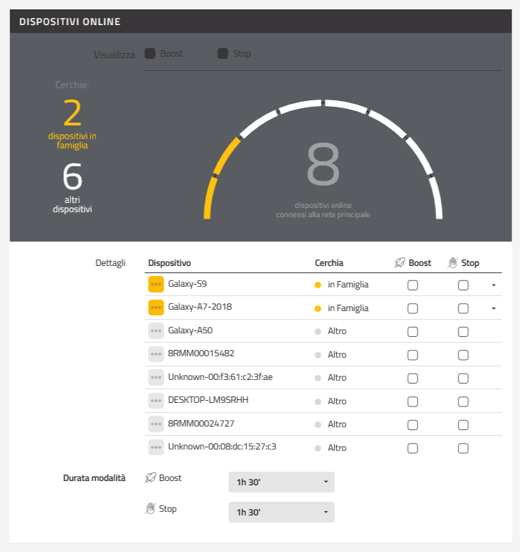
Check i names host (identification name of a device within a network) and the addresses MAC (12-digit code that identifies network card) by going into the connection details. To understand if they are yours you will have to detect them in the various devices you are using to connect. Here's how to do it.
Find hostname and MAC address on Windows 10
For those who own Windows 10, Microsoft's operating system, find hostname e MAC address it is quite simple. Go to Start and type in the search bar: cmd. Among the achievements, awards on Command Prompt. As soon as the black screen appears, type the command ipconfig / all to view the network interfaces installed in the PC.
You will get a variety of information, including the wording Your name host e Physical address (is the MAC address) to write down.
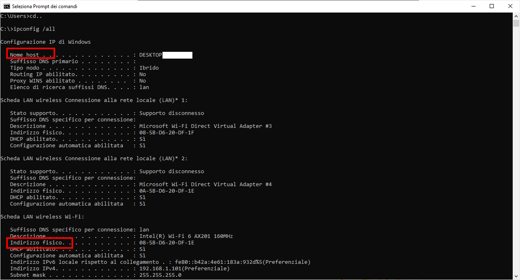
If you are not confident in using the Command Prompt, you can still find this information in the Windows settings.
- To find the Host name, you have to go up Start> Settings (gear icon)> System and select the item in the left bar Information. In the central screen in the section Specifications device the Host Name is clearly visible with the wording Your name device.
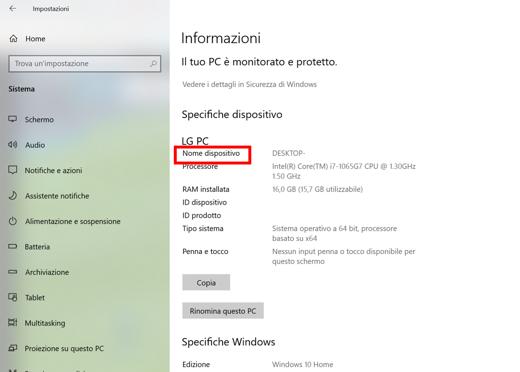
- To find the MAC Address, go to Start> Settings (gear icon)> Network and Internet and select in the section Advanced network settings in State, Modification options card. Right-click on theicon of the active Wi-Fi or Ethernet network connection and in the menu that appears, tap on State and then Details. In the list of Network connection details, you will see the entry Address physical.
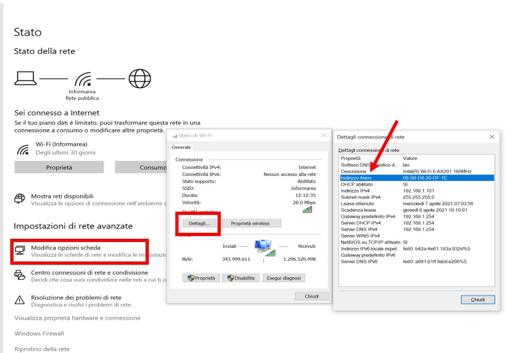
Find hostname and MAC address on macOS
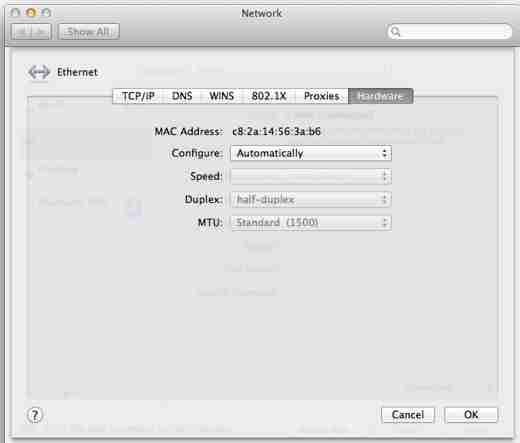
On an Apple computer, you can find the host name by going to Pref Renze di work (reachable in the Bitten Apple menu) and clicking on sharing. In the screen that appears, write down the name of the PC next to Your name computer.
For the Mac address, always go to Pref Renze of systemclick your Network and in the left sidebar, choose the type of network (between Wi-Fi or Ethernet) where the computer is connected. Press the button Advanced and immediately after select the tab Hardware. Here you find theAddress MAC.
Find hostname and MAC address on Android
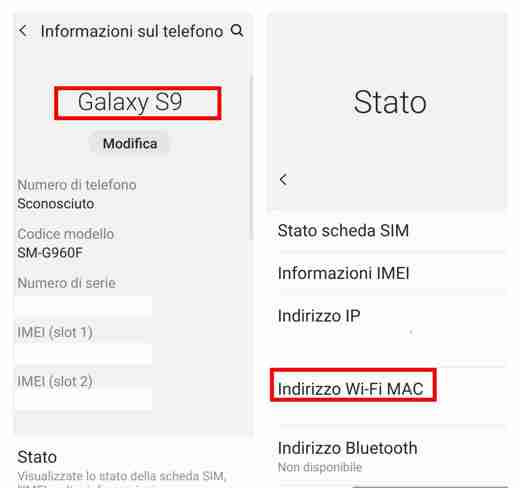
For mobile devices Android, smartphone and tablet, find the hostname going up Settings> Phone information, here you will find, next to the button Modification, Your name of device. I state that the route changes depending on the Android version and the mobile device.
For the MAC address, instead you have to go to Settings> About phone> Status. Here you will find theWi-Fi MAC address.
Find hostname and MAC address on iOS
Even on the iPhone e iPad, the process is remarkably simple. Go up Settings> General> About, and in the screen that appears, make a note of the items Your name, for the host name, and Wi-Fi address for the MAC Address.
Best programs to see who is connected to the WiFi network
If you have difficulty getting your hands on the devices mentioned above, the ideal solution is to install one of these programs that will help you to remove any doubts and check if someone is connected to your WiFi network.
Wireless Network Watcher
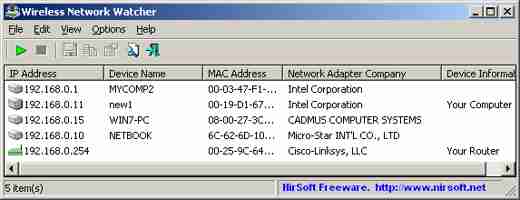
Wireless Network Watcher is a utility capable of scan the wireless network to view the list of all devices connected to the network. For each detected device, it provides the following information: Address IP, Address MAC, device name, the company that manufactured the network card. It is also possible export the data provided in Excel.
Fing desktop
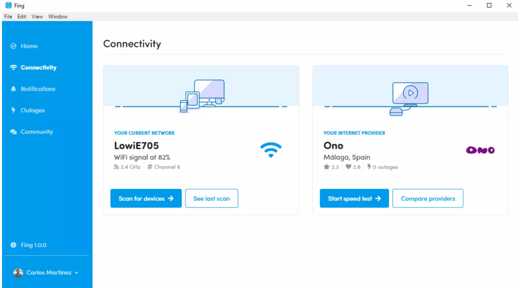
Fing desktop is a free tool widely used by network administrators as it allows you to analyze TCP networks and services using its components. Through its network analysis you will be able to obtain data of any kind, such as addresses IP o MAC or those relating to suppliers of Skills ISP.
SoftPerfect Wifi Guard
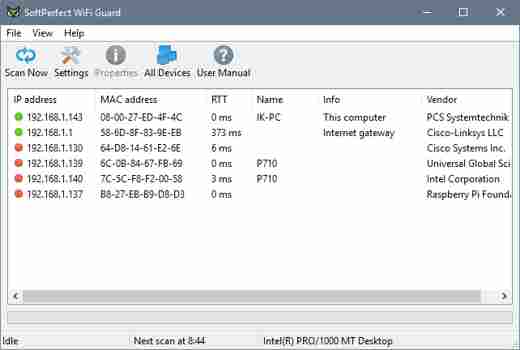
SoftPerfect WiFi Guard for those who manage a small wireless network is the ideal software. It alerts you if your network is being used without your knowledge. It's a real one scanner of network specialist that crosses the network immediately signaling the connected devices that are not recognized and that could belong to a possible intruder.
Glasswire
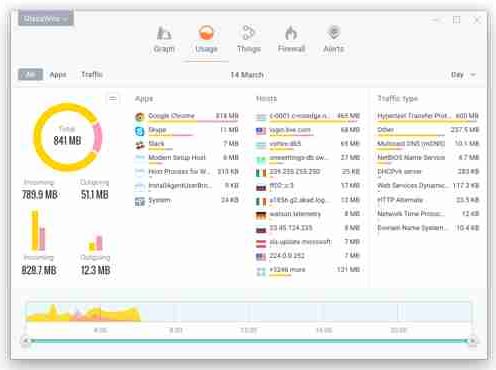
Glasswire protects your PC from threats by constantly monitoring your network. It informs you about suspicious hosts, attacks or changes, new network connections from unknown programs and much more. The firewall it provides is capable of providing information on suspicious programs, privacy violations and bandwidth wastes.
Conclusions
It goes without saying that despite the security, anyone who knows how to use a program to decrypt passwords can sneak in by illegally connecting to the network. Deciphering a key WPA well studied it is not at all easy: the operation would take many days if not weeks, I don't know to what extent someone 'capable' would be interested in doing it.
For the IT experts who want see who is connected to the WiFi network, you can always make use of the good and old Command Prompt. By typing the command "netstat -an“, You will be able to view all the connections established and identify the presence of foreign addresses.
Also read these tutorials on How to Test Your Wireless Network Security and How to Check if Your Router is Infected
Deprecated: Automatic conversion of false to array is deprecated in /home/soultricks.com/htdocs/php/post.php on line 606




